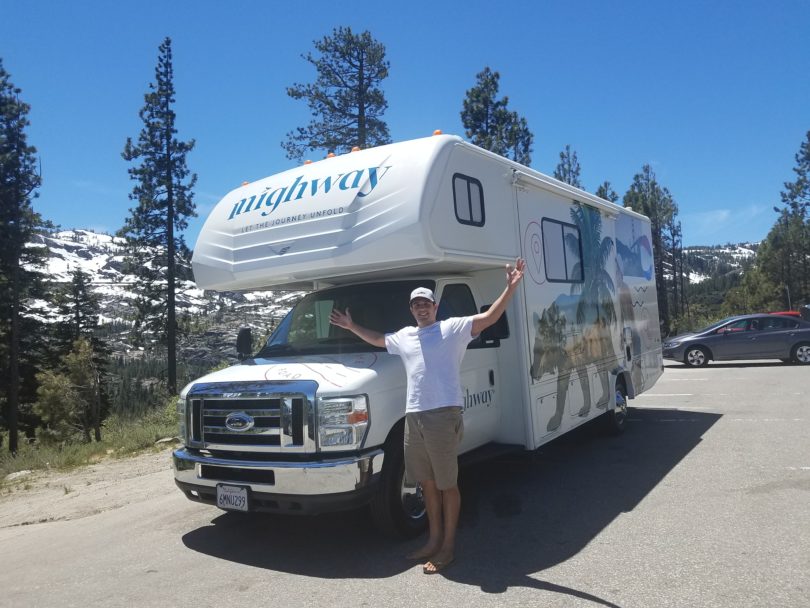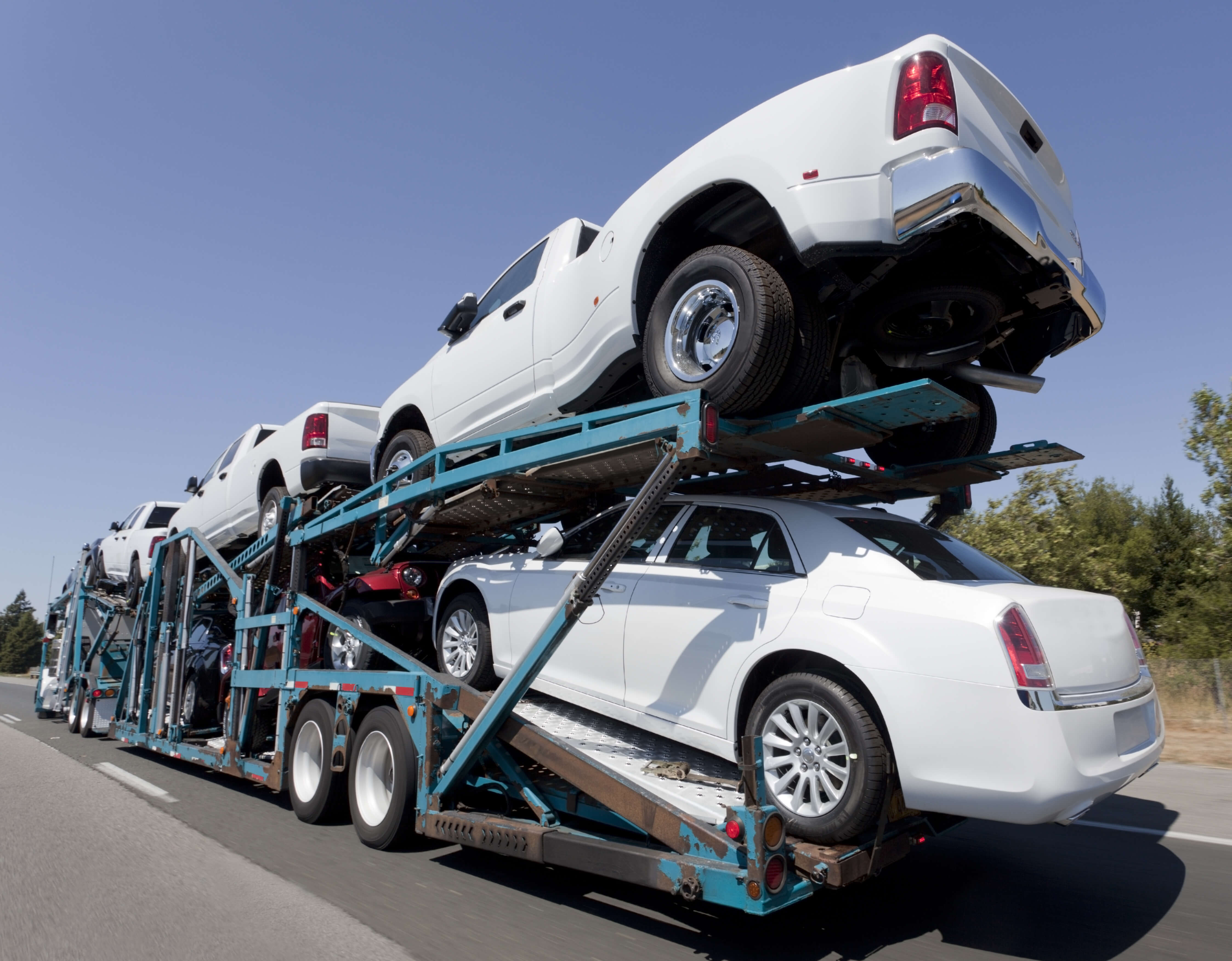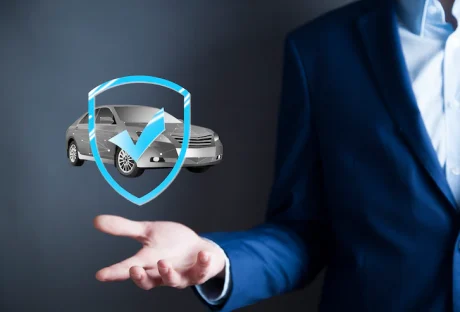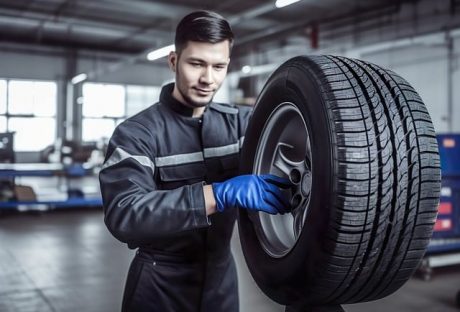RV owners can make passive income to a whole new level with Mighway—RV Rental Marketplace, where they can rent their RV without lifting a finger.
Why American Families prefer to keep an RV in their Homes?
An RV is one of the most preferred options for American families who love road tripping and exploring different places. Most families prefer to take their families along, including their dogs on their RVs to natural parks, sanctuaries, and attractive geographical locations. If you are an individual that is looking to travel, you want to ensure that you feel at home while travelling in your RV. This is why many American homes have RVs, that they can use to make family trips.
Unlike other peer-to-peer RV rental sites, the innovative Mighway Managed program handle can handle the rental process entirely, so owners can earn cash on their RV while sleeping, vacationing in Hawaii, or whatever other pleasurable activity they’d rather be doing.
Those who love the idea of interacting with the public and handling everything can still list on Mighway, but if they’d rather hand it off, Mighway’s team can leverage decades of RV rental experience and commercial RV dealer partnerships to take care of customer relations and vehicle maintenance to cheaper storage, with helpful marketing features such as managed pricing for maximum returns and marketing copy and photos.
“One of the most important principles of accumulating wealth is to generate passive income, where you earn cash even when you’re sleeping,” Simmons said. “Mighway Managed offers RV investors another way to collect cash instead of dust while they enjoy the good life.”
The Mighway Managed program, which costs just ____ a month, lets owners who don’t want the hassle of handling the rental process enjoy peace of mind knowing that the world’s leading experts in RV rentals have their back. Owned by TH2—a partnership between Thor, the world’s leading RV rental operator and Thor Industries, the largest global RV manufacturer—Mighway brings decades of experience in the industry to owners, vetting customers, securing payments, providing the most comprehensive insurance and customer service on the market and offering a treasure trove of tips and tools to make it easy.
Mighway provides all the tools you need for easy renting, so you’re in complete control while others handle the work. Owners can get the final say over whom they rent to. Mighway’s support team will be there with you every step to help and will offer tips and advice and the resources to make it easy to market your RV and manage the rental process. They can vet renters for you so you can relax knowing that your investment is in good hands, letting renters know about your vehicle’s unique quirks and instructions. If there are issues with the renters, or there’s trouble on the road, Mighway can take care of the communication and insurance claims.
Another advantage of choosing Mighway is it offers the most comprehensive insurance on the market. To protect everyone, Mighway requires all guests to purchase basic accidental damage cover. However, this basic accidental damage cover comes with a $4,500 liability per incident and only basic on-road support. That’s why Mighway encourages all guests to upgrade just a few more dollars a day to the “Peace of Mind” plan, which includes a reduced liability to $500 per accident, and comprehensive on-road support and financial protection. This includes coverage for broken windscreens, vehicle breakdowns, tire blowouts, and more.
Thinking of Owning? Try Before You Buy with Mighway!
For those thinking of owning an RV and earning income when they’re not using it, Mighway—The RV Rental Marketplace lets them try before they buy at a very low cost. Mighway offers renters more flexibility, 24/7 roadside support, a price match guarantee, as well as the first 100 miles and two generator hours free. RV Camping is a must to try out with your peers.
List on Mighway Now:
To list on Mighway go to https://app.mighway.com/signup.
About Mighway—The RV Rental Marketplace:
Mighway—The RV Rental Marketplace is an innovative RV sharing platform, raising the bar in service and consumer protection, and connecting RV owners with travelers. While other RV sharing platforms serve more as booking engines, Mighway assists travelers throughout the road trip and often beyond. More than that, Mighway changes the game by offering the option to manage everything for owners as well. For more information, visit Mighway.com
Read Also:






















